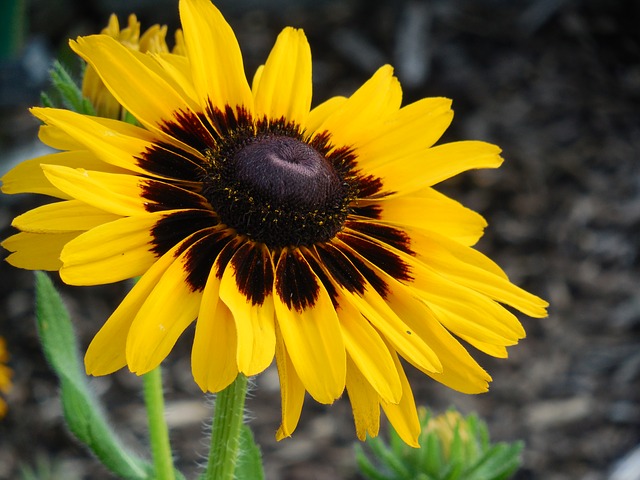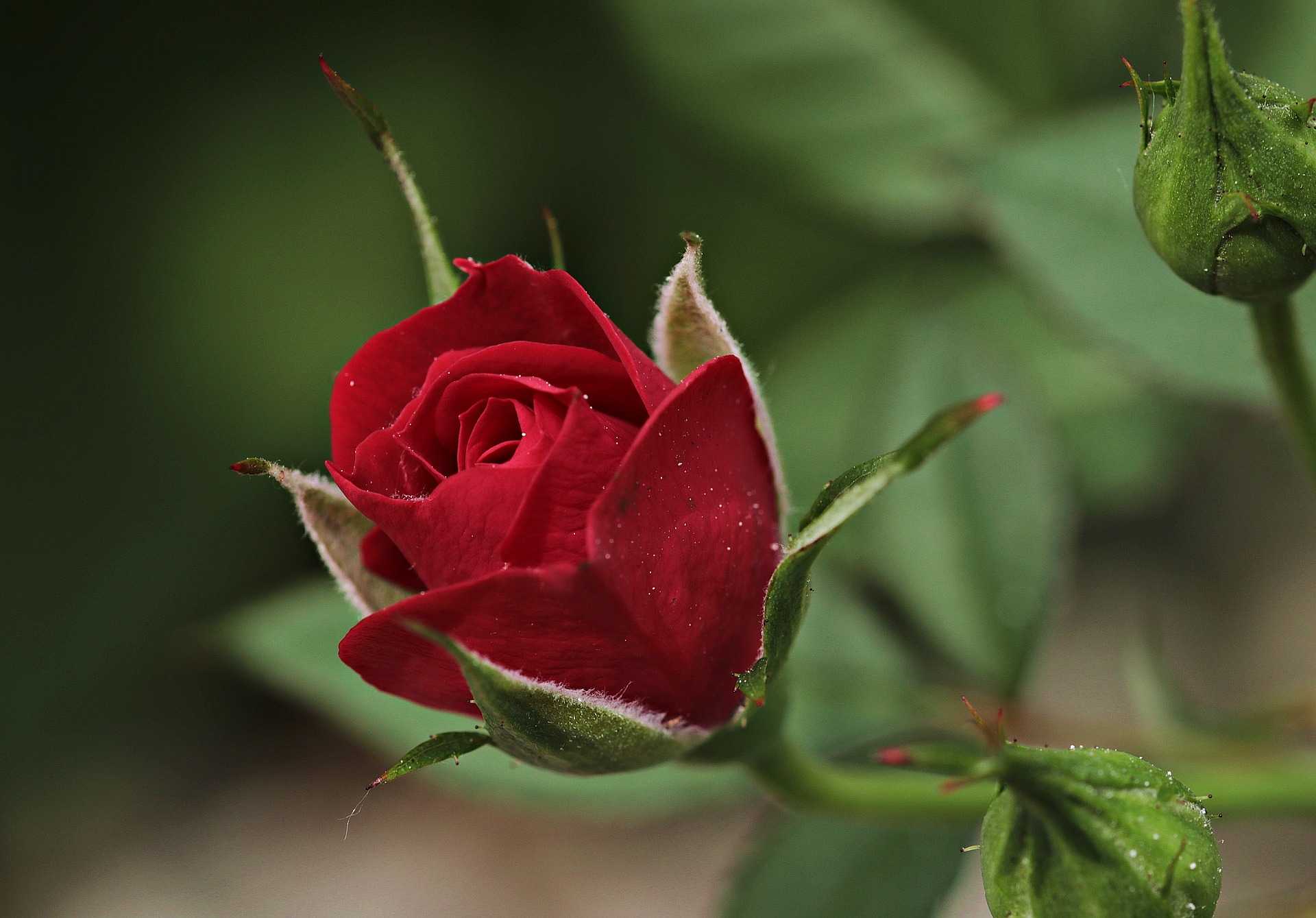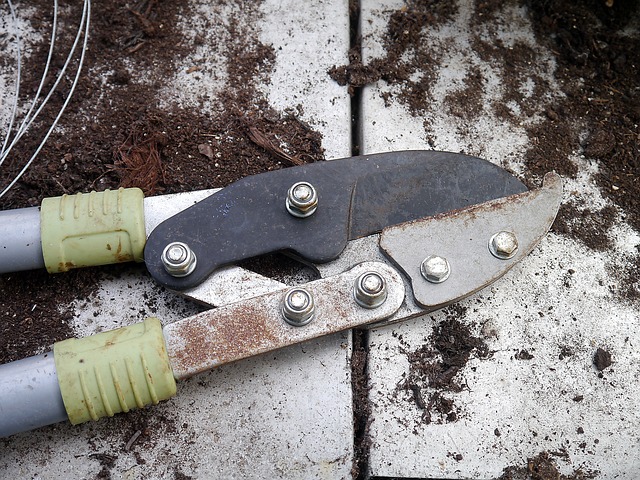Introduction into Deadheading

When everything in your garden blooms at the same time, there’s not much that can rival the beauty. However, the brilliance usually fades quickly and your colorful garden fades to only greens and browns. Fortunately, there is a way to prolong the blooming and that is through the act of deadheading! Deadheading is the process of removing previously bloomed flowers, which allows the plant to focus energy on other portions, including new blooms! By doing this, you will increase the bloom time of your garden, while also strengthening your plants!
Why should I be Deadheading?
- A good reason to deadhead is to get more blooming from your plants. Lots of perennials have the ability to vibrantly bloom again following the removal of dead/dying flowers. The reason they rebloom is the point of flowers is to promote new plant growth, once they’re removed, the plant grows more flowers to increase the likelihood of a successful future.
- After their flowers die, the plants still try to maintain their beauty. This results in excess energy from the plant going to a dead portion. If you deadhead the flowers that energy could be used to maintain itself, further expanding the root system or the plant structure.
- It can prevent plants from taking over the garden and will also keep your garden looking fresh. By removing the dead flowers, you prevent the plants from having the ability to sow in new areas, which could ruin your gardens layout. Since you’re removing the dying flowers, you also ensure your garden will not have dull brown spots scattered throughout.
How to Deadhead
Deadheading can be done differently, however different styles work better in different situations. Even though there are different ways to deadhead, the act of doing so remains the same. When you are looking at deadheading a plant with one stalk full of flowers, where you deadhead matters significantly. If the stalk has multiple blooms and one flower fades, deadhead that part of the stalk, back to the closest flowers or offshoot. This will allow the other flowers on the stalk to thrive. As other flowers on that stalk begin to die, remove those as well in the same fashion. Once they all die, you want to cut the stalk near the base of the plant to prevent the plant from wasting energy on that stalk. By doing this, you will improve the look of the remaining flowers and can bring on another bloom if it’s the right plant and situation.
There are a few exceptions to the style listed above. One of the flowers that  differs is roses, which you should deadhead right below the flower, leaving the stalk intact. This can allow some of the rose family to rebloom quicker. Another difference is for herbaceous perennials that don’t grow tall and typically have a lot of small flowers. These plants can be cut back by about a third of their height, which will bring on an additional bloom afterwards. This is typically done in May, after most of the initial blooms have died (there may be some still alive), and will allow another, thicker bloom.
differs is roses, which you should deadhead right below the flower, leaving the stalk intact. This can allow some of the rose family to rebloom quicker. Another difference is for herbaceous perennials that don’t grow tall and typically have a lot of small flowers. These plants can be cut back by about a third of their height, which will bring on an additional bloom afterwards. This is typically done in May, after most of the initial blooms have died (there may be some still alive), and will allow another, thicker bloom.
Tools and styles of Deadheading
Below are examples of how to deadhead and what tools you need to do so.
-
Pinching –
Pinching is the clear method of choice when deadheading, as it’s fast and clean. However, pinching is not always the best choice because of the strength of the plant stalks. To pinch them, take the portion of the plant you’re deadheading between your finger and thumb and shear it with your nail or pressure.
-
Pruning –

Pruning requires the use of garden shears. Typically you will use the handheld pruners for plants with hardy stems, but you can use them for any plant.
Deadheading is a tool that any gardener can use to take their plants to the next level. It is not always necessary, as fuschia does not need to be deadheaded and plants whose seeds are regularly eaten by birds, such as sunflowers won’t benefit from it. Deadheading can elevate your garden to the next level in terms of looks and future blooms, so if you’re looking for a new trade secret, try this.
What is Deadheading? – Deadheading Plants – Off With Their Heads
Share This Post
Recent Posts
- Treating Your Lawn During a Drought July 15, 2017
- 7 Tips for Mowing your Lawn July 2, 2017
- 5 Great Outdoor Entertainment Ideas June 23, 2017
- Introduction into Deadheading June 19, 2017
- Pesky Pests : Japanese Beetle June 10, 2017
